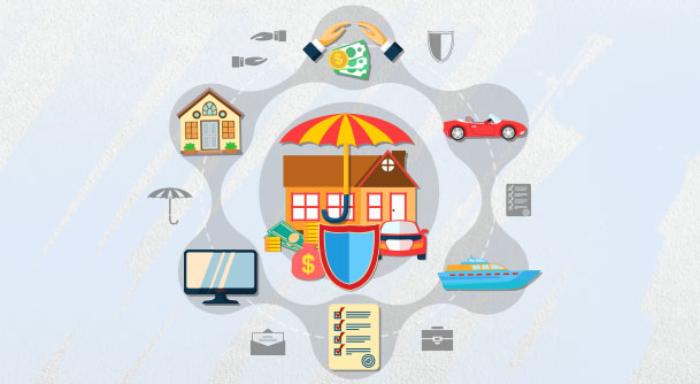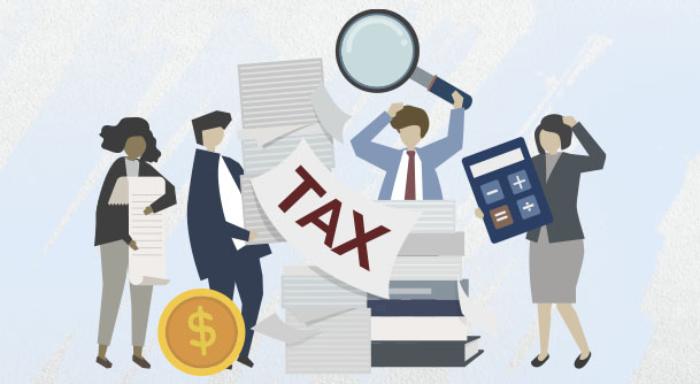Exploring the 87A Rebate: Who Qualifies and How to Claim It
Blog Title
1870 |
7/1/24 6:30 AM |
Exploring the complexities of tax laws can be quite intimidating, but it is crucial if you want to make sure you make the most of the available benefits. One of these benefits provided by the Indian Income Tax Act of 1961 is the rebate under Section 87A.
This rebate provides a substantial relief for individual taxpayers as it slashes their total tax liability. This blog will shed some light on the subject matter and elaborate on the basics of Section 87A, who is eligible for the rebate, and how can you claim it.
Section 87A Tax Rebate Under the Old and New Tax Regimes
Here’s comparing the Section 87A rebate conditions across the two taxation regimes in the country.
Old Tax Regime-
- Those choosing the old tax regime can claim ₹12,500 under this section with taxable income up to ₹5 lakh.
- The rebate is the lower amount between ₹12,500 or 100% of the income-tax liability.
- The overall tax liability should be less than ₹12.500 for claiming this rebate.
New Tax Regime-
- The maximum rebate under this system is ₹25,000 for those with taxable income up to ₹7 lakh.
- If the total income exceeds ₹7 lakh and the payable tax is more than the difference between total income and ₹7 lakh, then marginal relief may be possible.
- The rebate fills up this gap, i.e. between the tax that is payable on total income and the amount by which it crosses ₹7 lakh.
Who Can Claim a Rebate Under Section 87A
To claim the rebate under Section 87A, you must meet the following criteria:
1. Resident Individual
You must be an Indian resident for tax purposes.
2. Income Limit
Your total income, after all deductions, must not exceed ₹7 lakh in the new regime or ₹5 lakh in the old regime. Total income is computed by adding all income sources, including salary, business income, house property, and other sources, and then subtracting deductions under Chapter VI-A like those for investments in PPF, NSC, health insurance premiums, etc.
3. Age Factor
There is no age restriction for claiming this rebate. It is available to individuals across all age groups, including senior citizens, provided they meet the income criteria.
4. Specific Cases
- Senior Citizens and Super Senior Citizens: Despite having different tax slab benefits, they are still eligible for the rebate if their net taxable income is within the prescribed limit.
- Multiple Sources of Income: If you have multiple income sources, ensure that your total income after deductions does not exceed ₹5 lakh or ₹7 lakh to claim the rebate.
How to Claim the Section 87A Rebate
Claiming the 87A rebate involves a systematic approach to ensure you meet all eligibility criteria and correctly compute your tax liability. Follow these detailed steps:
1. Calculate Gross Total Income:
Compile all sources of income including salary, business profits, rental income, interest from savings accounts, fixed deposits, and any other sources.
Sum up these amounts to determine your gross total income.
2. Apply Deductions:
Identify and subtract all eligible deductions under Chapter VI-A. Common deductions include (if you have chosen the old tax regime, since the new tax regime does not allow these):
- Section 80C: Deductions for investments in guaranteed income plans, life insurance policies, UILPs, PPF, EPF, NSC, etc.
- Section 80D: Deductions for health insurance premiums.
- Section 80E: Interest on education loans.
- Section 80G: Donations to charitable institutions.
After applying these deductions, you will get your net taxable income.
3. Calculate Tax Liability:
Use the applicable income tax slab rates to calculate your tax liability on the net taxable income.
Old Tax Regime
| SLAB | RATE |
|---|---|
| Up to ₹2,50,000 | Nil |
| ₹2,50,001 – 5,00,000 | 5% |
| ₹5,00,001 - 10,00,000 | ₹12,500 + 20% above ₹5,00,000 |
| Above ₹10,00,000 | ₹1,12,500 + 30% above ₹10,00,000 |
New Tax Regime (AY2024-25)
| SLAB | RATE |
|---|---|
| Up to ₹3,00,000 | Nil |
| ₹3,00,001 – ₹6,00,000 | 5% |
| ₹6,00,001 - ₹9,00,000 | ₹15,000 + 10% above ₹6,00,000 |
| ₹9,00,001 - ₹12,00,000 | ₹45,000 + 15% above ₹9,00,000 |
| ₹12,00,001 - ₹15,00,000 | ₹90,000 + 20% above ₹12,00,000 |
| Above ₹15,00,000 | ₹1,50,000 + 30% above ₹15,00,000 |
Calculate the tax for your income bracket as per the above-mentioned slabs.
4. Apply the Rebate:
If your net taxable income is up to ₹5 lakh or ₹7 lakh, apply the rebate under Section 87A. Deduct the lesser of ₹12,500/25,000 or your tax payable from your tax liability.
Conclusion
The provisions in Section 87A can provide eligible Indian residents with a tax advantage. Whether it's under the old regime with a plethora of deductions or the simpler new regime, you can achieve effective tax planning and save a lot with provisions under Section 87A.
FAQs
What is section 87A in the new tax regime?
Section 87A of the Indian Income Tax Act provides a rebate to resident individuals whose total income does not exceed ₹7 lakh. The maximum rebate available is ₹25,000, which can reduce the tax liability to zero if the tax payable is up to this amount.
Who can claim the 87A Rebate in the new tax regime?
To claim the 87A rebate, you must be a resident individual with a total income not exceeding ₹7 lakh after deductions. This provision is not available to NRIs or HUFs. Additionally, there are no age restrictions, so it is available to individuals of all ages meeting the income criteria.
Aastha Mestry - Portfolio Manager
An Author and a Full-Time Portfolio Manager, Aastha has 6 years of experience working in the Insurance Industry with businesses globally. With a profound interest in traveling, Aastha also loves to blog in her free time.





